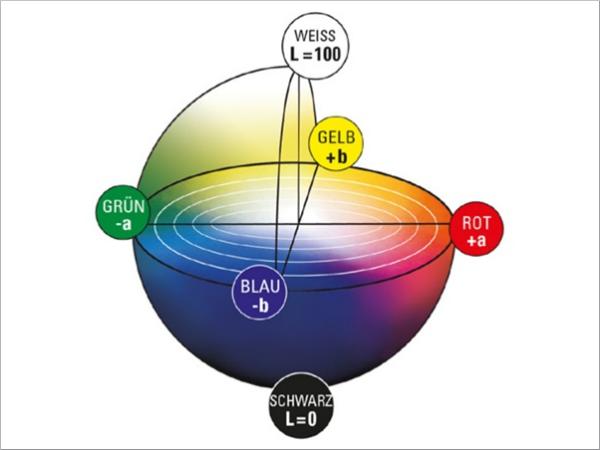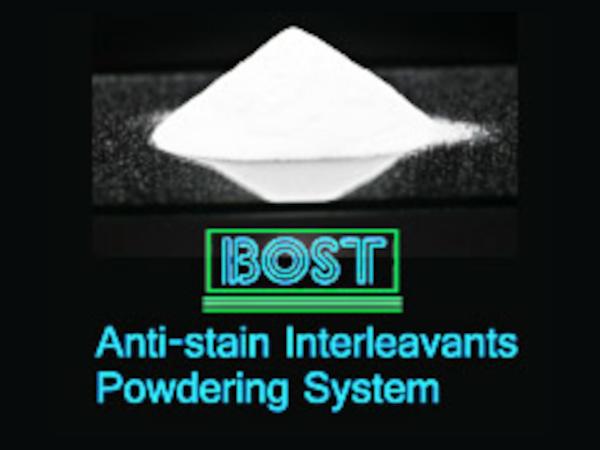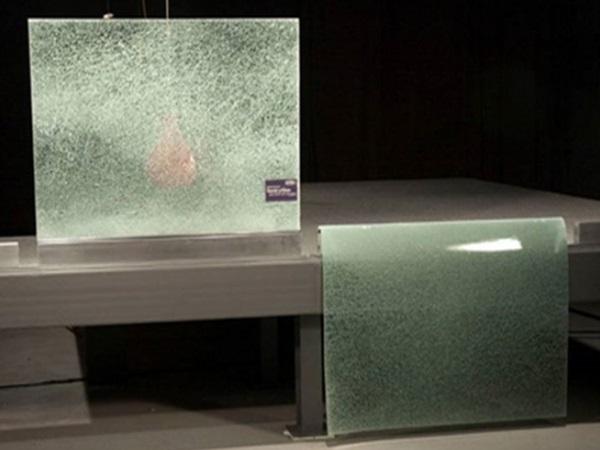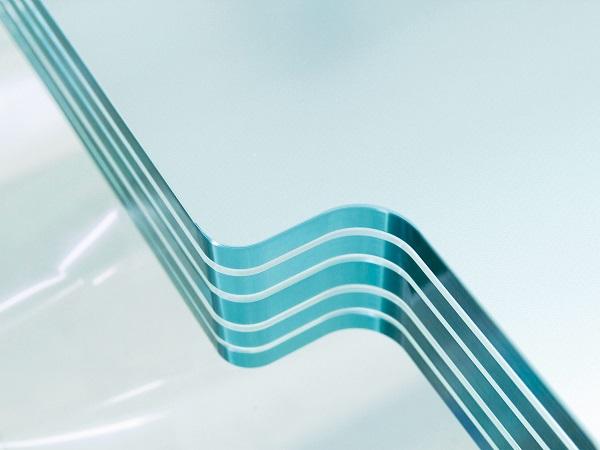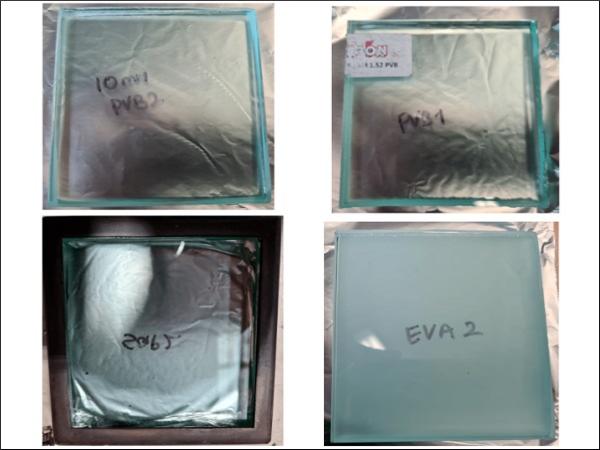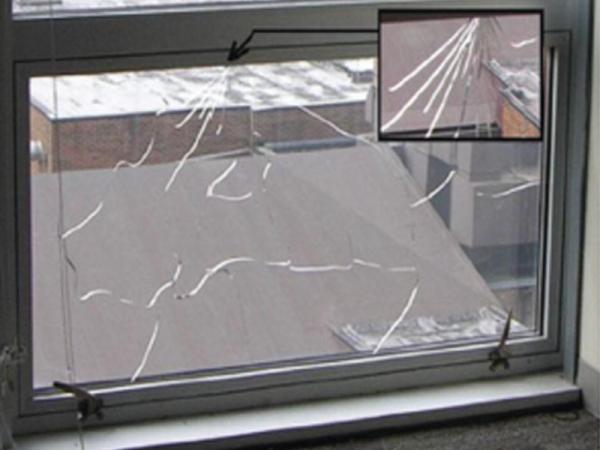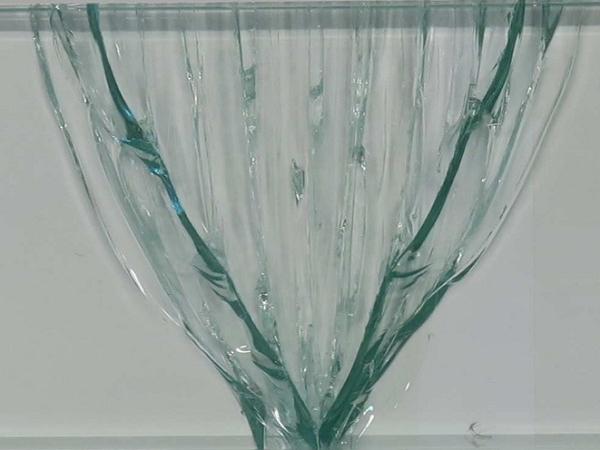Others also read
| Glass timber panels (GTP) combine the visual effect of noble and high-quality wood materials at the same time meet-ing the hygiene requirements for the health and welfare sector. This paper describes the fabrication requirements and techniques of GTP.
| The approaches proposed by planners and architects for adapting to climate change will be discussed at glasstec 2024 (22-25 October, Düsseldorf) at its Architecture Forum.
| In this contribution, a long-lasting natural weather testing of several glass types, mostly LSG with different interlayer materials, and the effect of the different color patterns of paper and textile specimens are presented.
| Choosing the right interleaving powder for glass separation is crucial for protecting glass surfaces in various industries.
| The report reflects the close cooperation between architecture, structure engineering and façade development and shows how resources can be saved with cross-disciplinary solution concepts.
| The use of laminated glass with PVB and ionoplast interlayers not only offers improved safety but can also be designed to help mitigate security threats ranging from basic safety to burglary and forced entry resistance and even ballistic protection.
| Comparisons with Prony series approach.
| Laminating glass together with a PVB or ionoplast interlayer can help mitigate security threats that range from smash and grab burglary, forced entry, ballistics, to even bomb blast.
| Glass is a brittle material. After the stress due to loading exceeds the resistance, a breakage occurs, and the glass is no longer intact.
| This study delves into the critical aspects of fire safety in laminated glass.
| Christoph Timm, Principal at SOM New York, shared insights on decarbonizing the built environment and the evolving landscape of sustainable construction.
| A review of experimental research and main influencing parameters
| The research paper gives an idea and compares the structural behaviour and fracture pattern and evaluates laminated glass samples with PVB, Ionoplast and EVA interlayers.
| This paper reviews current durability literature, various standards for window performance ratings and weathering methods, existing in situ IGU energy performance measurement techniques, and whole-building energy effects.
| A window's glazing properties play a key role in defining the quality and quantity of transmitted daylight in a space.
| New translucent, structural and modular façade component.
| In his blogs, Luc Moeyersons covered various subjects related to laminated glass, whether it is automotive, architectural, or photovoltaic.
| It is hypothesized that the usage of smart glass in the building envelope can provide optimum solutions to adapt buildings to the variable climatic and environmental characteristics.
| BIPV represents an important field to explore, since PV systems have an enormous potential within the context of architectural and urban design.
The influence of fracture pattern on the residual resistance of laminated glass at high strain-rates
| An experimental investigation of the post-fracture bending moment capacity based on time-temperature mapping of interlayer yield stress
| Unlocking the benefits of liquid interlayers for architectural glass lamination
| A theoretical study with applications to blast enhancement
| This paper focuses on the load-carrying behaviour of laminated glass panel supported merely along four edges subjected to compressive force.



